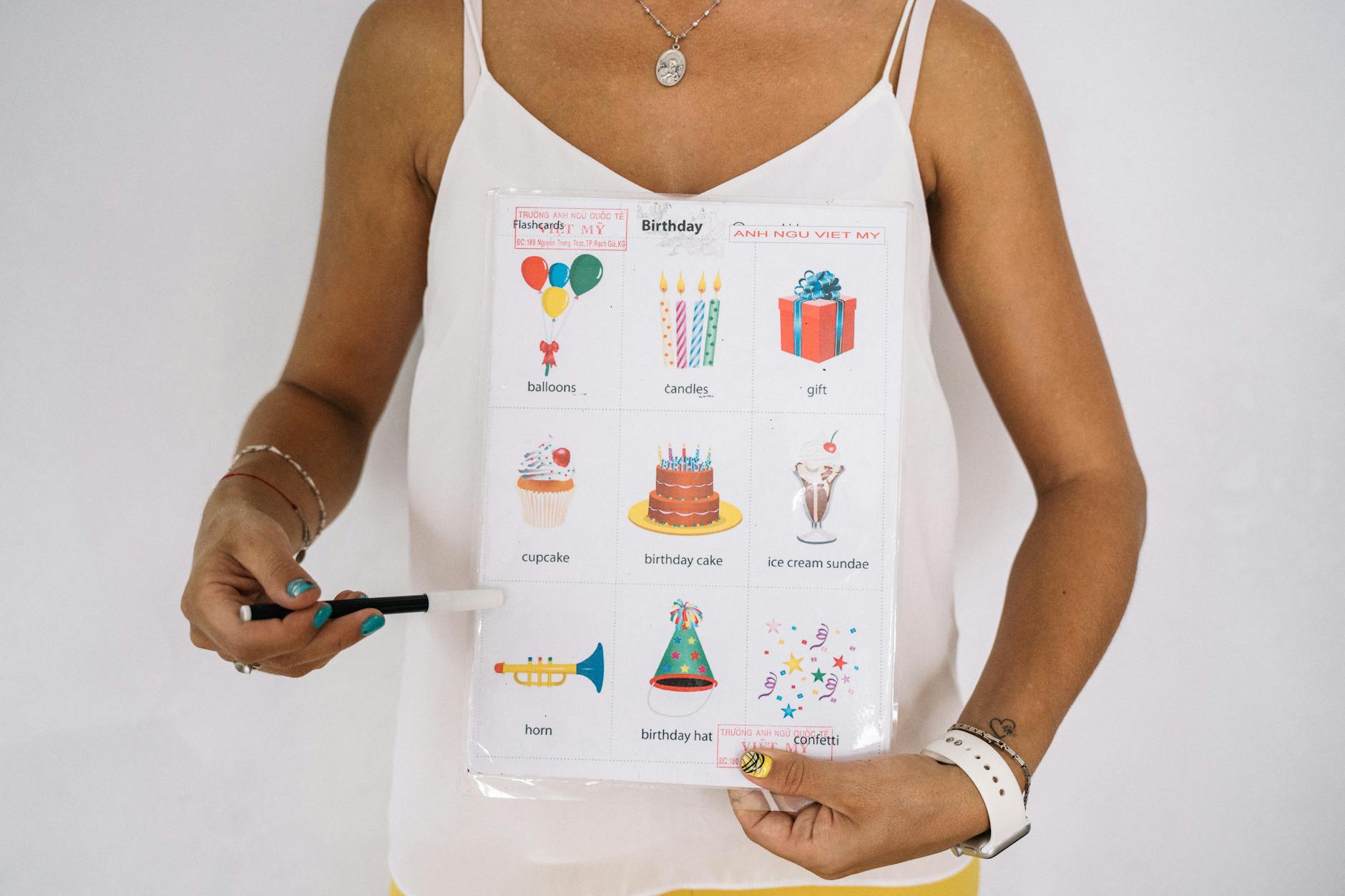5 Senses Ed: Next-Level Learning Goals

Abstract
In an era where education embraces multidimensional approaches, 5 Senses Ed stands at the forefront of transformational learning. The concept extends beyond traditional auditory and visual methods, engaging learners through all five senses for a comprehensive and immersive educational experience. This article elucidates the pillars of 5 Senses Ed and delineates innovative learning goals designed to revolutionize the classroom.
Introduction
The human experience is intrinsically tied to our five senses: sight, hearing, touch, taste, and smell. Traditional educational models often neglect the latter three, offering a constrained scope of learning that can inhibit the full absorption of knowledge. 5 Senses Ed emerges as a pedagogical approach that integrates all five senses, crafting a learning environment ripe for innovation and deeper cognitive connections. This methodology fosters academic excellence and prepares students for real-world challenges with enhanced sensory awareness.
Key Principles of 5 Senses Education
- Holistic Learning: Leveraging multiple sensory inputs for robust knowledge retention.
- Active Engagement: Encouraging participatory learning to increase student investment.
- Real-world Application: Integrating practical experiences that echo outside the classroom.
- Personalized Education: Tailoring learning to individual sensory strengths and preferences.
- Innovation in Pedagogy: Experiment with novel techniques appealing to diverse learners.
5 Senses Learning Goals
Sight
Goal: Visual mastery through media-rich presentations, interactive graphs, and augmented reality (AR).
Strategies:
- Employ technologies like AR to provide a virtual layer of information.
- Utilize visual storytelling to enhance memory retention and understanding.
Hearing
Goal: Aural enhancement via podcasts, music, and bilingual conversations.
Strategies:
- Integrate audiobooks and educational podcasts as supplemental resources.
- Facilitate music-based learning exercises to improve concentration and memory.
Touch
Goal: Tactile interaction with educational materials through hands-on experiments, model building, and real-world simulations.
Strategies:
- Conduct lab sessions where students physically interact with substances and instruments.
- Offer kinesthetic learning opportunities with 3D puzzles and construction sets.
Taste
Goal: Culinary exploration to connect cultural studies and chemistry with the palate.
Strategies:
- Design taste tests during lessons on nutrition or cultural studies.
- Use cooking as a practical approach to learn about chemical reactions.
Smell
Goal: Olfactory engagement to reinforce memory and provide context for environmental science and history.
Strategies:
- Incorporate scent-based experiments to study olfactory responses.
- Use historical narratives paired with relevant scents to foster a multidimensional understanding of periods in history.
Conclusion
The 5 Senses Ed framework propels educational experiences to new heights, harnessing the full spectrum of human perception. Next-level learning goals associated with 5 Senses Ed are not simply about content delivery; they are about crafting experiences that are both memorable and effective. Educators who embrace this approach can expect to see improved engagement, creativity, and real-world preparedness in their students.
By challenging the status quo of sensory utilization in education, 5 Senses Ed opens the doors to a world of possibilities where learning is not only seen and heard but felt, tasted, and smelled. It invites educators to reimagine the future of learning in an ever-evolving landscape, ensuring that our students are not just knowledgeable but fully sensorily enlightened.